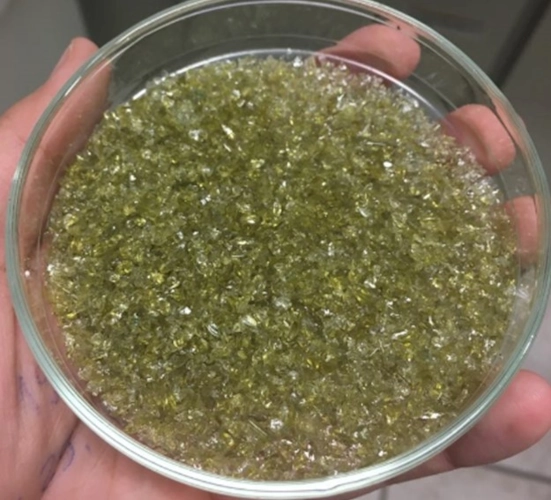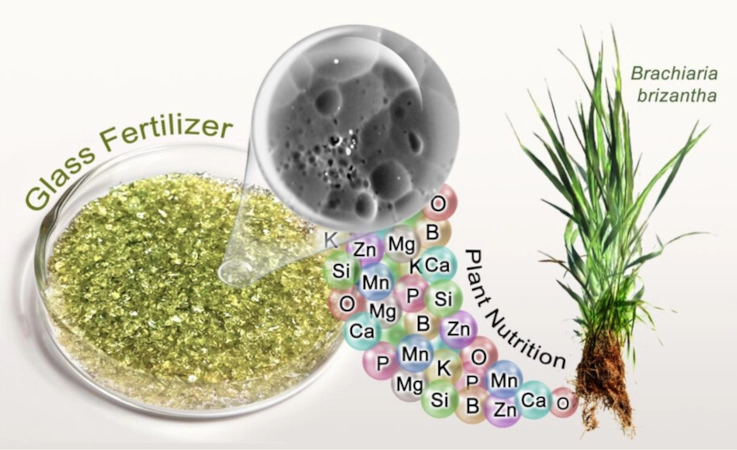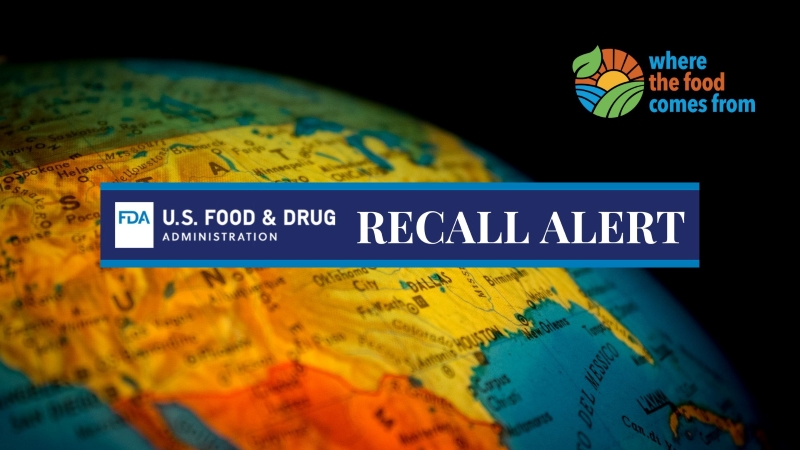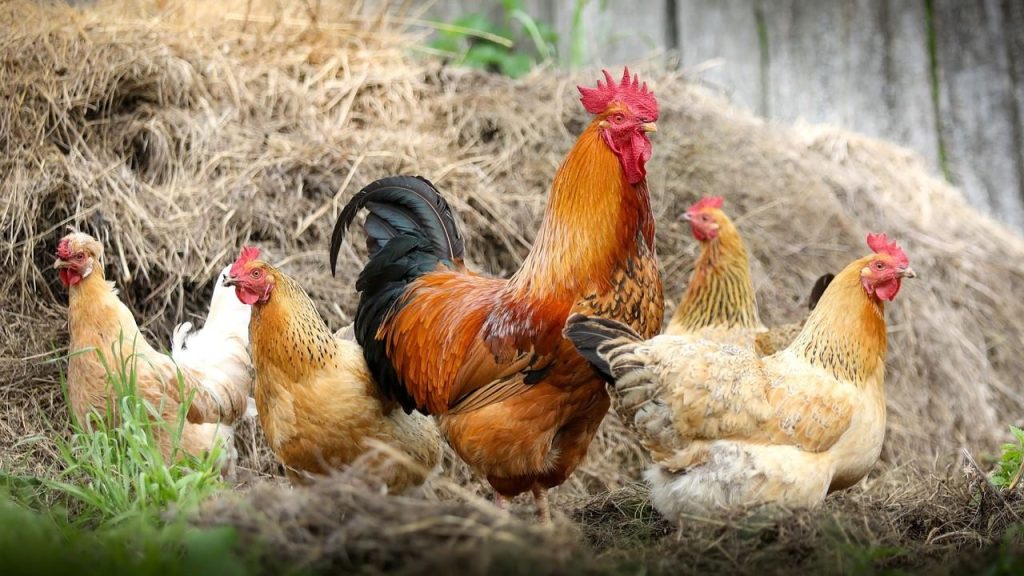Agricultural fertilizers are critical for feeding the world’s population, restoring soil fertility and sustaining crops. Excessive and inefficient use of those resources can present an environmental threat, contaminating waterways and generating greenhouse gases such as nitrous oxide. Now, researchers reporting in ACS Agricultural Science & Technology have addressed those challenges with glass fertilizer beads. The beads control nutrient release, and the researchers say they’re environmentally compatible.
“The results show that glass fertilizers can be tailored to plant needs, slowly and sustainably releasing nutrients to boost productivity without harming soil quality,” says Danilo Manzani, a co-author of the study.

Researchers turned to glass beads to produce an environmentally compatible, sustained-release fertilizer. Adapted from ACS Agricultural Science & Technology, 2025, DOI: 10.1021/acsagscitech.4c00243
Over time, the use of agricultural chemicals has increased. In 2020, the Food and Agriculture Organization of the United Nations estimated that global demand for fertilizers would surpass 200 million metric tonnes. Fertilizers contain nitrogen, phosphorus and lower amounts of other elements like calcium. Unfortunately, the benefits of these nutrients are lost through leaching into groundwater and emissions into the air, necessitating frequent reapplication and creating downstream environmental problems like toxic algal blooms. A potential solution could come from tiny glass beads that previous researchers used to improve plant growth. To improve the efficiency of nutrient delivery, Manzani, Eduardo Ferreira and colleagues developed a water-soluble, multicomponent glass fertilizer designed for controlled nutrient release.
The researchers synthesized glass consisting of several micro- and macronutrients, such as phosphorus, potassium and calcium. They ground the glass into small (less than 0.85 millimeters wide) and large (0.85 to 2 millimeters wide) particles. In an initial test, the particles were added to either water or a buffer solution that mimicked soil conditions. They found that each nutrient released from both sizes of glass particles and diffused into the solutions steadily over 100 hours with minor fluctuations.

Credit: Danilo Manzana, adapted from ACS Agricultural Science & Technology, 2025, DOI: 10.1021/acsagscitech.4c00243
They then applied a nutrient solution or different amounts of the glass beads to soil seeded with a typical lawn and fairway grass, and they compared the plants’ growth in the two treatments. The nutrient solution, which was applied only once, immediately stimulated plant growth, but the effect quickly diminished. However, the single application of glass fertilizer sustained plant growth regardless of particle size, though overall growth depended on the bead dose.
Manzani, Ferreira and colleagues also examined the possible ecotoxicity of the glass fertilizer by exposing lettuce and onion seeds to the beads. Seeds exposed to glass fertilizer had roughly the same germination rate and cell health as those never exposed or those treated with soluble nutrients. The researchers say that these results indicate an efficient and sustained alternative to conventional fertilizers with lower environmental impact.
The authors acknowledge funding from the São Paulo Research Foundation; Center for Research, Technology, and Education in Vitreous Materials; National Council for Scientific and Technological Development (Conselho Nacional de Desenvolvimento Científico e Tecnológico); Coordination for the Improvement of Higher Education Personnel; and Funding Authority for Studies and Projects.
The post Glass fertilizer beads could be a sustained nutrient delivery system first appeared in the American Chemical Society Newsroom.
Note: ACS does not conduct research but publishes and publicizes peer-reviewed scientific studies.
About the American Chemical Society

The American Chemical Society (ACS) is a nonprofit organization chartered by the U.S. Congress. ACS’ mission is to advance the broader chemistry enterprise and its practitioners for the benefit of Earth and all its people. The Society is a global leader in promoting excellence in science education and providing access to chemistry-related information and research through its multiple research solutions, peer-reviewed journals, scientific conferences, eBooks and weekly news periodical Chemical & Engineering News. ACS journals are among the most cited, most trusted and most read within the scientific literature; however, ACS itself does not conduct chemical research. As a leader in scientific information solutions, its CAS division partners with global innovators to accelerate breakthroughs by curating, connecting and analyzing the world’s scientific knowledge. ACS’ main offices are in Washington, D.C., and Columbus, Ohio.


